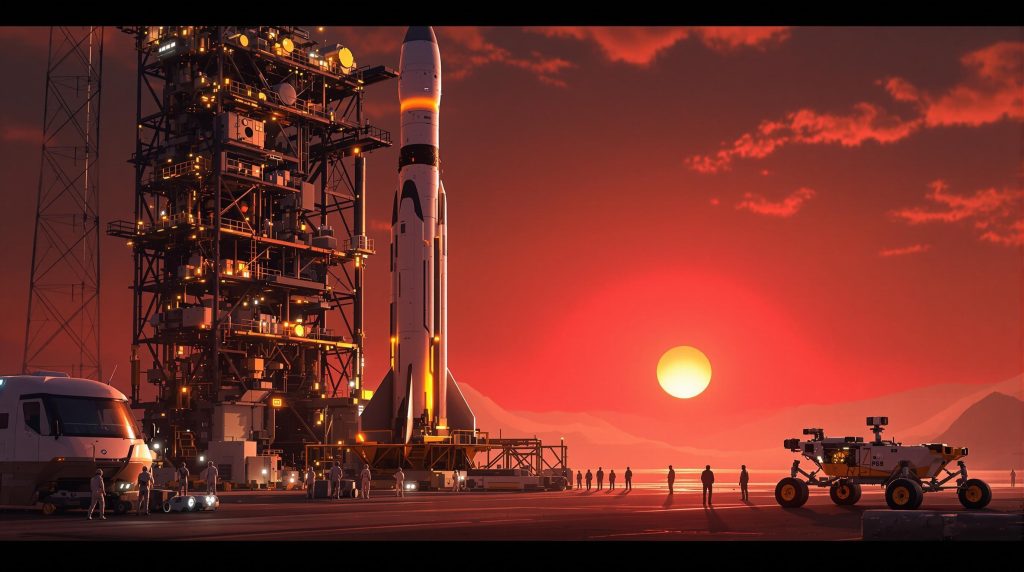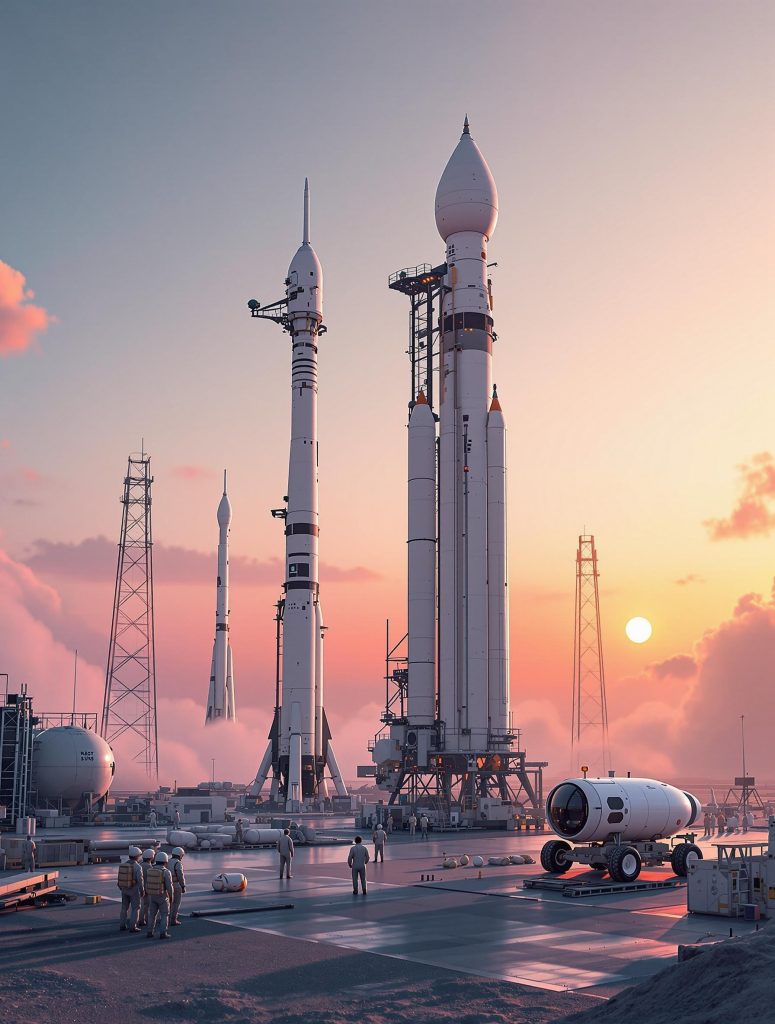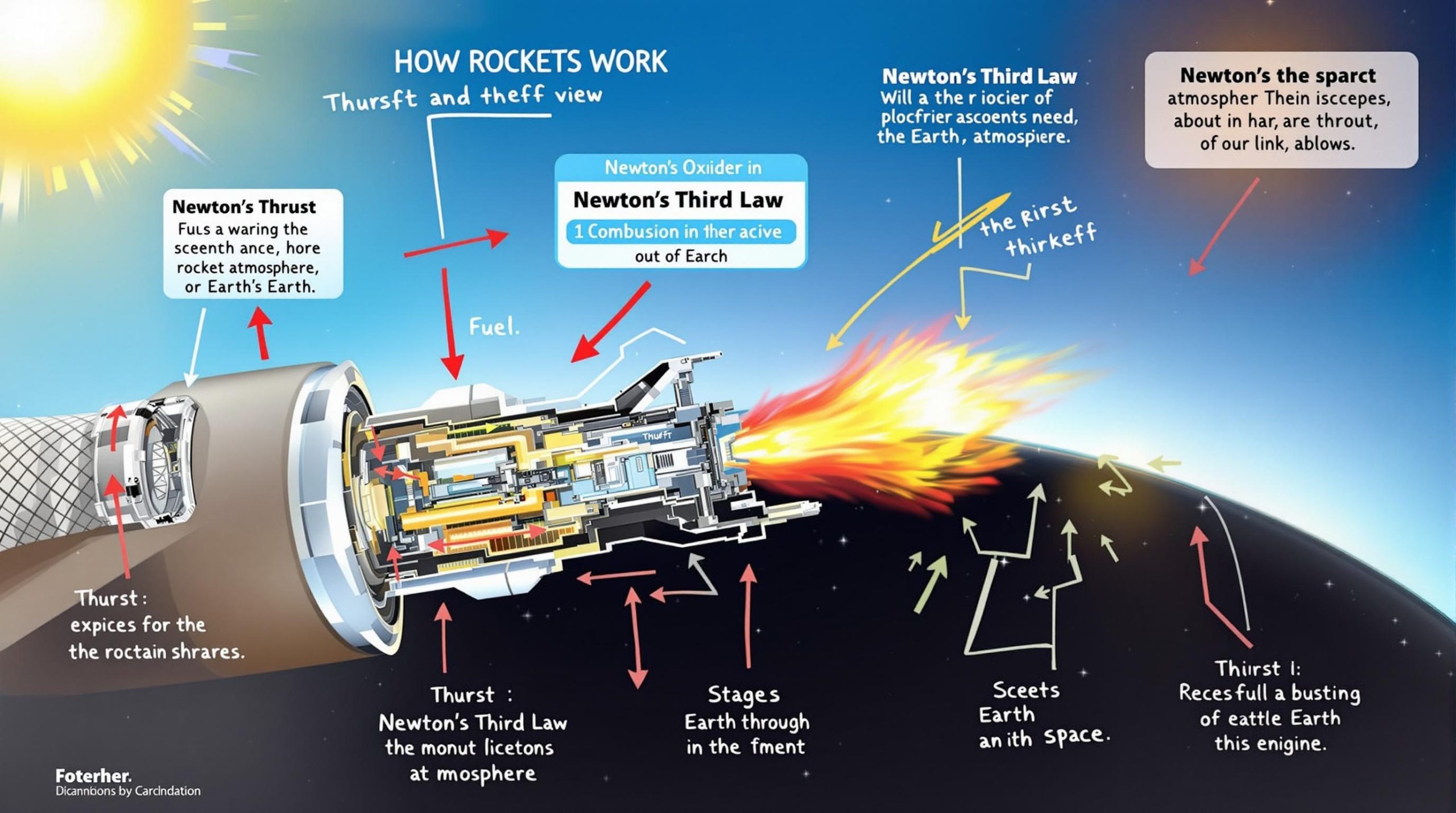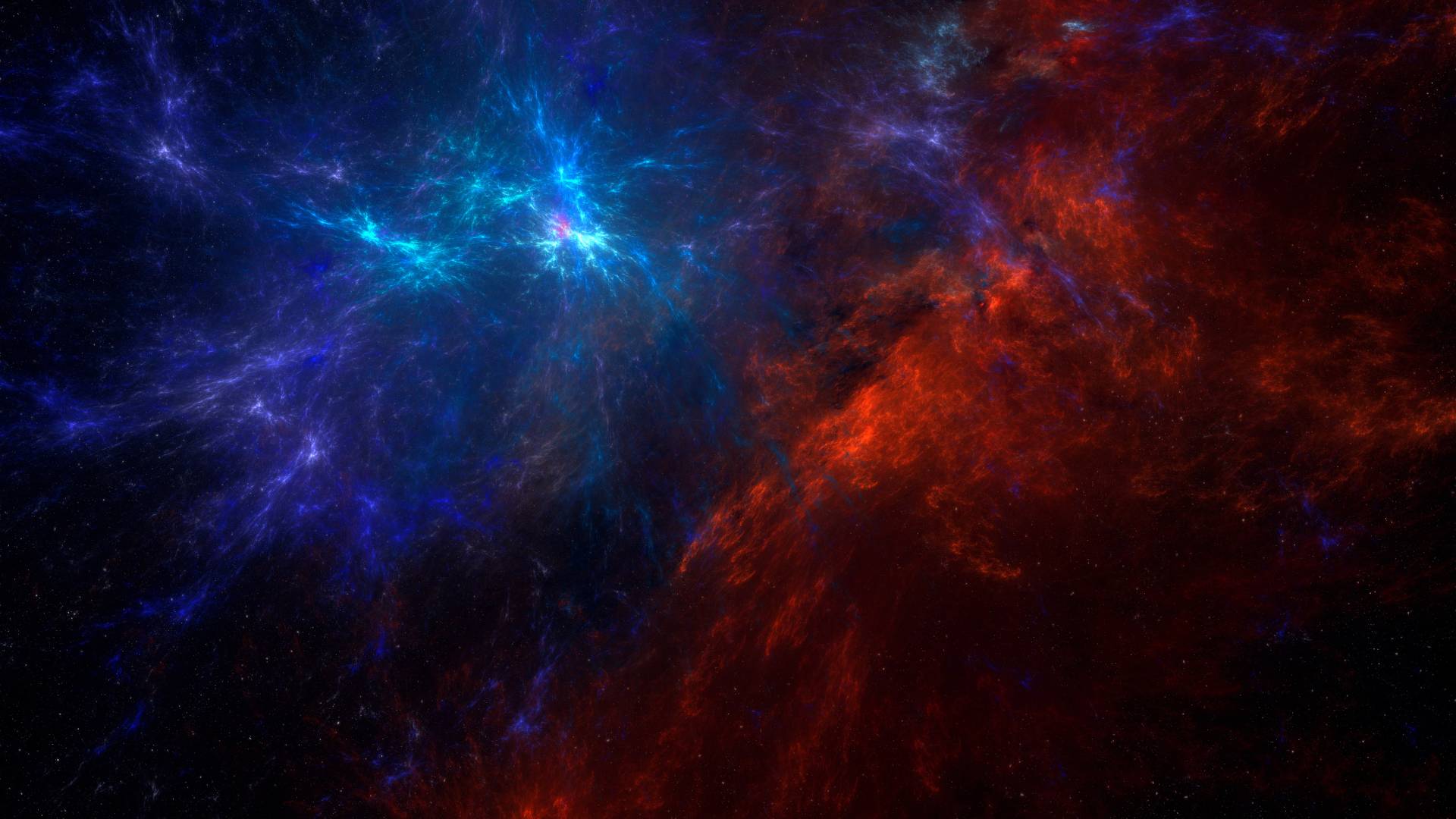Really how do rockets work?! Rockets are the engines that have carried humanity’s dreams into the skies and beyond, enabling space exploration, satellite deployment, and interplanetary missions. Despite their complexity, the basic principles of rocket operation are rooted in fundamental physics. In this article, we’ll delve into the mechanics, science, and history of rockets, breaking it down for a clear and engaging understanding. stay with Spaceyv
The Science Behind Rockets ( How Do Rockets Work? )
The operation of a rocket is governed by Isaac Newton’s third law of motion: For every action, there is an equal and opposite reaction. In simple terms, a rocket works by expelling gas out of its engine at high speed, which generates thrust in the opposite direction. This thrust propels the rocket forward, allowing it to overcome Earth’s gravity.
Key Components of a Rocket
- Propellant: The material burned to produce high-speed exhaust gases. It consists of:
- Fuel: Provides energy (e.g., kerosene, hydrogen).
- Oxidizer: Enables combustion by providing oxygen in space where there is none (e.g., liquid oxygen).
- Engine: Combines the fuel and oxidizer to produce combustion.
- Nozzle: Shapes and accelerates the exhaust gases to maximize thrust.
- Structure: The rocket’s body, which houses all components and withstands the forces of launch.
- Payload: The cargo the rocket carries, such as satellites, scientific instruments, or astronauts.

How Rockets Generate Thrust
Thrust is created when the rocket’s engine burns its propellant. This process can be broken down into three main steps:
- Combustion: The fuel and oxidizer mix and ignite in the combustion chamber, releasing enormous amounts of energy.
- Exhaust Ejection: The high-pressure gases produced by combustion are expelled through the nozzle at extremely high speeds.
- Reaction Force: The expulsion of exhaust gases generates a reaction force in the opposite direction, propelling the rocket forward.
The efficiency and power of a rocket engine depend on the velocity of the exhaust gases and the amount of propellant burned.
Read more about : How Does SpaceX Compare to NASA? A Detailed Breakdown in 2025
Types of Rockets
1. Chemical Rockets
- Solid Rockets:
- Use solid propellant, combining fuel and oxidizer in a single solid block.
- Simple and reliable but cannot be turned off once ignited.
- Examples: Space Shuttle boosters, fireworks.
- Liquid Rockets:
- Use liquid fuel and oxidizer stored in separate tanks.
- Can be throttled, shut down, and restarted.
- Examples: Falcon 9, Saturn V.
2. Electric Rockets
- Use electricity to accelerate ions or plasma to generate thrust.
- Highly efficient but produce lower thrust, making them suitable for deep-space missions.
- Examples: Ion thrusters on spacecraft like Dawn.
3. Hybrid Rockets
- Combine solid fuel and liquid oxidizer, offering flexibility and simplicity.
- Example: Some experimental space tourism rockets.
The Challenges of Rocketry
1. Overcoming Gravity
Rockets must generate enough thrust to counteract Earth’s gravity, which requires a massive amount of energy. This is why rockets often have multiple stages, each jettisoned after its fuel is spent to reduce weight.
2. Fuel Efficiency
Carrying large amounts of fuel adds weight, reducing efficiency. Engineers strive to balance fuel load with payload capacity.
3. Heat and Pressure
Combustion generates extreme heat and pressure, requiring materials that can withstand harsh conditions.
4. Space Environment
Once in space, rockets must operate in a vacuum, with no atmospheric pressure or oxygen to assist combustion.
History of Rockets
- Ancient Beginnings: The first rockets were simple gunpowder-propelled devices developed in China around the 13th century.
- Modern Rocketry: In the 20th century, pioneers like Robert Goddard developed liquid-fueled rockets, laying the groundwork for space exploration.
- Space Age: The launch of Sputnik in 1957 by the Soviet Union marked the beginning of space exploration. NASA’s Saturn V rocket later carried humans to the Moon during the Apollo missions.
Read more about : How Do Space Telescopes Work? 7 Interesting facts
Rockets in Action Today
- Space Exploration: Rockets like SpaceX’s Falcon Heavy and NASA’s SLS (Space Launch System) send probes, rovers, and humans to explore the Moon, Mars, and beyond.
- Satellite Deployment: Rockets place satellites into orbit, supporting communication, navigation, and Earth observation.
- Space Tourism: Companies like Blue Origin and Virgin Galactic are using rockets to make commercial space travel a reality.

Future of Rocketry
- Reusable Rockets: SpaceX’s Falcon 9 and Starship are pioneering reusable rocket technology, reducing the cost of space travel.
- Interplanetary Missions: Advanced rockets aim to carry humans to Mars and beyond.
- Eco-Friendly Propulsion: Engineers are exploring greener propellants and electric propulsion systems to minimize environmental impact.
FAQ: Frequently Asked Questions
1. How does a rocket overcome Earth’s gravity?
A rocket overcomes gravity by generating thrust greater than the gravitational force pulling it down. This is achieved by burning large amounts of fuel to produce high-speed exhaust gases.
2. What is the difference between solid and liquid rockets?
- Solid rockets use a single block of propellant and are simple but cannot be turned off once ignited.
- Liquid rockets use separate tanks for fuel and oxidizer, allowing more control, including throttling and restarting.
3. Why are rockets launched in stages?
Stages allow rockets to shed weight as they ascend. Once a stage’s fuel is depleted, it is jettisoned, making the remaining rocket lighter and more efficient.
4. What fuels are used in rockets?
Common rocket fuels include kerosene, liquid hydrogen, and hypergolic fuels. Oxidizers like liquid oxygen are also used to enable combustion in space.
5. How do rockets work in space without air?
Rockets do not rely on air. They carry their own oxidizer to enable combustion, and thrust is generated by expelling exhaust gases, which works even in a vacuum.
6. What are reusable rockets?
Reusable rockets, like SpaceX’s Falcon 9, are designed to return to Earth intact and be launched again, reducing the cost of space missions.
Conclusion
Rockets are marvels of engineering and physics, embodying humanity’s drive to explore and understand the universe. From ancient inventions to cutting-edge technologies, rockets have transformed our ability to reach beyond Earth’s boundaries. As we advance into the future, innovations in rocketry will continue to expand our horizons, making space more accessible and bringing the stars closer to home.



